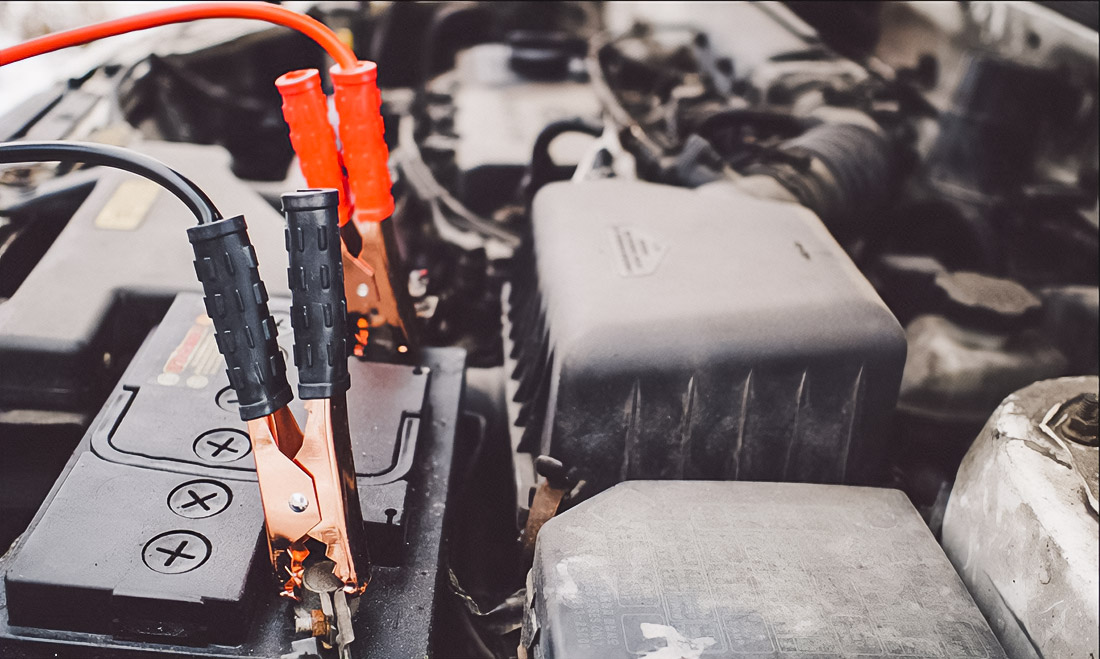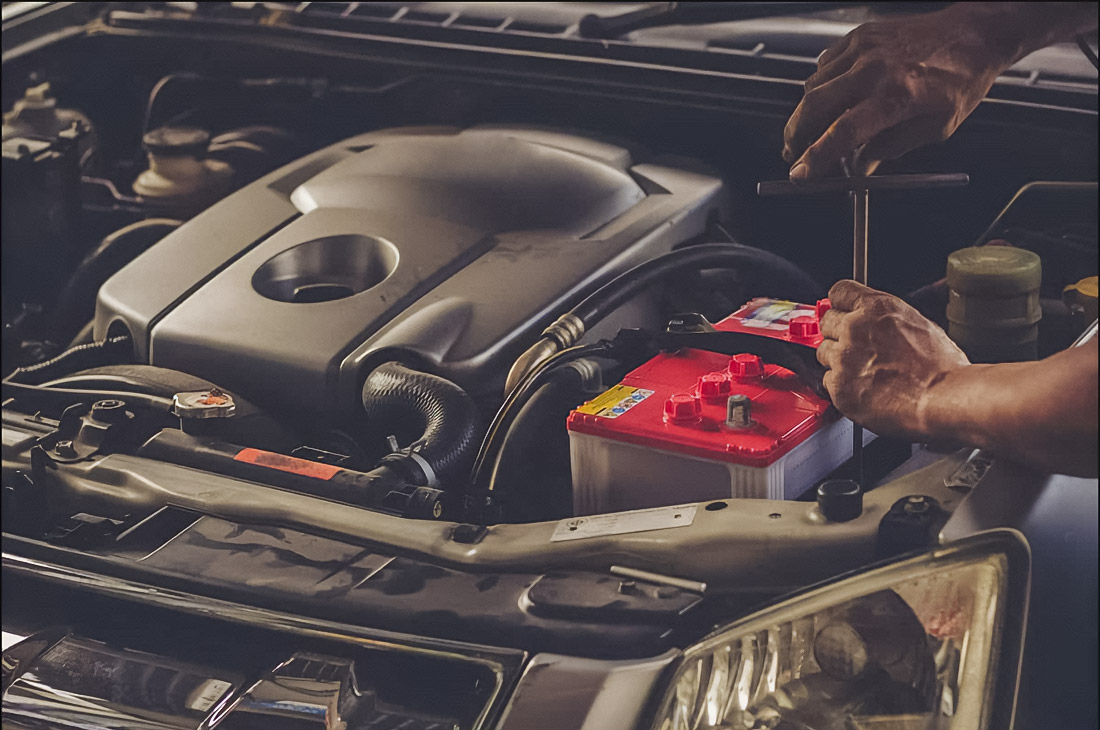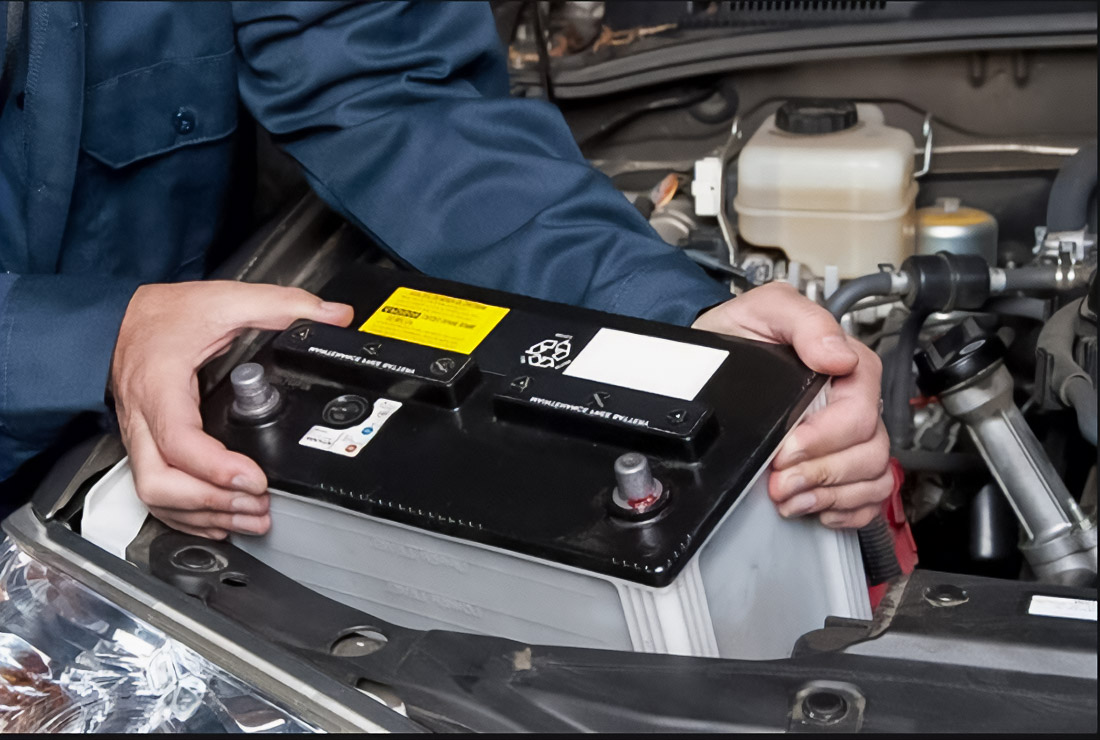With the development of automobile technologies in the last decades, the introduction of system control pressure in tires (TPMS) became an integral part of ensuring safety on the road. More than 80% of new automobiles on the world market today are equipped with this system, monitoring the condition of tires and warning about dangerous deviations in pressure. According to statistics, TPMS can reduce the probability of accidents related to punctured tires by 55%. Visit Autio Battery Hub in case you need expert flat tyre service.
Evolution technologies: system control pressure in tires (TPMS) on guard safety

With the development of automobile technologies in the last decades, the introduction of system control pressure in tires (TPMS) became an integral part of ensuring safety on the road. More than 80% of new automobiles on the world market today are equipped with this system, monitoring the condition of tires and warning about dangerous deviations in pressure. According to statistics, TPMS can reduce the probability of an accident related to punctured tires by 55%.
Mechanisms work TPMS: types and features
- Direct TPMS: This system uses sensors inside each tire, which in mode real-time transmit information about pressure on the central computer automobile. The accuracy of such systems reaches 99.9%, which makes them irreplaceable for drivers-novices and experienced automobilists.
- Indirect TPMS: Working through analysis data from ABS, this system evaluates changes in speed rotation wheels to detect drop pressure. Although it is less accurate, its accuracy makes up about 90%, which allows use even without additional sensors.
Reasons false warnings: when TPMS needs help

After puncturing and repairing the tire, TPMS can still issue warnings. Disassemble main sources in such situations:
- Incorrect installation sensors: According to data research, up to 20% of false warnings caused exactly this factor.
- Need calibration: When replacing or repairing tires, the system requires updating data to correspond to the current settings of the automobile.
- Differences in pressure: Even a small difference in 1-2 PSI between tires can cause activation signal TPMS.
- Errors in software: Updates software can eliminate up to 15% of problematic situations related to false signals.
How to restore work TPMS after replacements and repairs

- Check and adjust the pressure according to the factory settings of your automobile.
- Restart system, using provided manufacturer elements management, helps eliminate warnings in 70% of cases.
- Exact calibration TPMS after each operation with tires allows avoid false activations and increases reliability system up 95%.
- Inspect sensors on subject damage or incorrect installation. Consultation with specialists increases service life sensors by 30%.
Lessons in practice: errors users and their consequences
- Ignoring signals TPMS can lead to catastrophic consequences, including accidents. Every fifth driver at least once faced with puncture due to underestimation signal TPMS.
- Insufficient understanding of the functionality system often leads to unnecessary replacement tires. Understanding specific warnings, TPMS helps save up to 800 AED a year on unnecessary repairs.
- Regular checks and preventive maintenance system increase its efficiency and reduce the number of false alarms by 40%.
Practical tips for extending the life of your TPMS
- Check pressure in tires every 4 weeks and before every long trip.
- Regularly inspect and replace sensors every 3-5 years to maintain their efficiency.
- Conduct calibration system after each change configuration tires.
- Follow updates software, which can improve functionality TPMS.
- In case of emergency problems, do not hesitate to contact professionals, minimizing the risks of incorrect installations.
Systems control pressure in tires
System control pressure in tires (TPMS) — not just modern technology, but key element safety. Understanding and correct use of this system can save lives and provide confidence on the road.

Leave a Reply